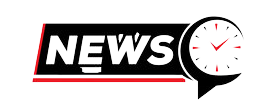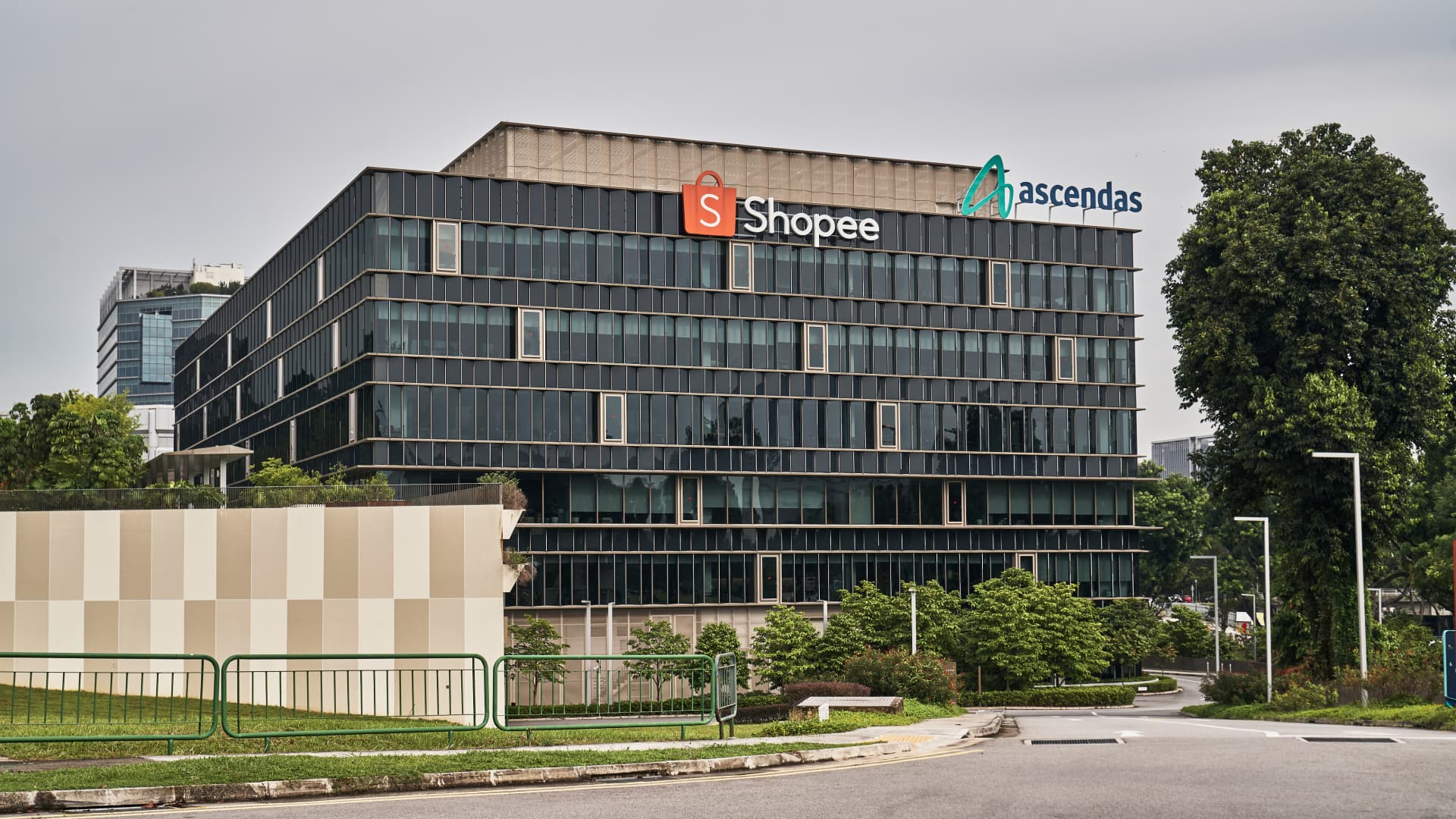
The next step after return-to-office mandates? CEOs intend to kill hybrid work. The latest KPMG 2023 CEO Outlook, a survey conducted with 1,325 CEOs of companies with revenues over $500 million, found that 64% of CEOs of large companies envision a reversion to the pre-pandemic office routine within the next three years. In turn, 87% are trying to achieve this goal by linking financial rewards and promotion opportunities to in-office attendance.
However, as CEOs steer their workers toward pre-pandemic norms, they could be trading off long-term organizational health for short-lived gains. After all, a new BCG survey of 1,500 global office-based workers found that nine in 10 respondents consider flexible work options important when looking for a job. Additionally, employees dissatisfied with their work model are 2.5 times more likely to consider leaving their organization in the next year compared with those who were satisfied.
Given that many surveys reached findings similar to BCG’s, CEOs must already have realized the risk of rigid in-office work policies to recruitment and retention. But there’s an additional risk that CEOs may not realize: the methods being used to do away with flexibility are rewarding presenteeism.
An outdated mirage
The allure of a bustling office, with employees clocking in at nine and leaving at five, may paint a picture of a productive, engaged workforce in the minds of many CEOs. This traditional scene is deeply embedded within the corporate ethos, reflecting a sense of order, control, and business as usual. It’s a scene that resonates with the desire for predictability and routine.
However, as the modern workspace evolves, propelled by technological advancements and a global pandemic, the fallacy of equating presence with productivity becomes ever more apparent. This paradigm, known as presenteeism, is not only outdated but also potentially harmful to an organization’s innovative edge and competitive stance in today’s fluid business environment.
Presenteeism, the act of measuring an employee’s value based on their physical presence rather than their output, is a mirage that many organizations find hard to look beyond. It’s a superficial metric that obscures the true indicators of an employee’s worth and contribution to the organization. When the cornerstone of recognition and reward pivots around the hours spent within the office walls, the focus shifts from what truly matters: the quality of work, the creativity infused, the problems solved, and the value added to the organization.
The pitfalls of presenteeism
The repercussions of this presenteeism paradigm are manifold. It cultivates an environment where the emphasis on actual performance is diluted. Employees divert their energy toward being seen at the office, engaging in conspicuous activities, and networking, rather than channeling their efforts toward impactful work. It’s a scenario that fosters visibility over value creation.
The strategy of rewarding in-office presence over performance sets a dangerous precedent. It sends a clear message across the organizational hierarchy: Your physical presence holds more weight than your actual output. This skewed incentive system can demoralize high-performing employees who thrive in flexible work environments, potentially triggering a talent drain. Talented individuals, upon finding themselves shackled to a system that doesn’t value their actual contributions, might seek greener pastures where performance is the currency of recognition.
This approach starkly overlooks the diverse needs and preferences of a modern-day workforce. The era we live in heralds a diverse talent pool with varied work preferences and life situations. A rigid in-office work model fails to honor this diversity, and instead, shoehorns employees into a one-size-fits-all mold. It’s a mold that not only stifles flexibility but can also quash creativity, innovation, and the rich cross-pollination of ideas that a flexible work setup can foster.
Furthermore, the policy of rewarding in-office presence fuels a culture of compliance over a culture of engagement and innovation. When employees are incentivized merely to show up rather than to contribute meaningfully, the vibrancy, curiosity, and dynamism that drive innovative enterprises get overshadowed by a culture of adherence to norms.
Additionally, the less compliant employees have options like “coffee badging”– employees coming into the office for a short period of time, just to grab a coffee and catch up with colleagues, and then leaving. Technically, they fulfill the obligations of coming into the office that day. Realistically, they don’t follow the spirit of the policy of working in the office. And why should they, given they can get their work done at home better than in the office?
In dissecting the repercussions, the irony unveils itself. In a bid to revitalize the pre-pandemic work norms, organizations might find themselves trading off the very essence of a thriving, innovative, and engaged workforce. The mirage of presenteeism is a relic of the past, one that modern organizations would do well to look beyond as they navigate the complex, ever-evolving landscape of work.
Rewarding the right metrics
In the landscape of modern corporations, the metrics by which success and productivity are gauged bear the imprint of an organization’s values and aspirations. When helping client organizations figure out their hybrid work models, I highlight how the core of this paradigm shift hinges on a move from presenteeism toward a more outcome-centric evaluation. It’s a shift that not only aligns with evolving work dynamics but also resonates with a more equitable, merit-based organizational culture.
The imperative of focusing on output as opposed to physical presence in the office is underscored by several facets. When the emphasis is on the output, employees are motivated to optimize their performance, enhance their skills, and contribute meaningfully toward the organization’s goals. It fosters a culture of accountability and self-management, where individuals are recognized for their tangible contributions rather than their ability to conform to a rigid work schedule.
An output-focused system of assessment and reward is inherently inclusive. It honors the diverse work preferences, life situations, and productivity rhythms of a modern-day workforce. Whether an employee performs their best in the early hours from the comfort of their home or prefers the collaborative buzz of an office environment, what ultimately counts is the quality and impact of their work. This inclusivity not only nurtures a positive work culture but also taps into a broader talent pool, unhindered by geographical or temporal constraints.
When employees are evaluated based on their results, there’s an inherent drive to enhance efficiency, foster innovation, and seek better methodologies to achieve and surpass their targets. It’s a culture that celebrates problem-solving, creativity, and a relentless pursuit of excellence.
Additionally, an output-centric model aligns with the ethos of transparency and fairness. It sheds the ambiguity that often surrounds the assessment of an employee’s performance based on subjective parameters. Instead, it provides clear, measurable metrics that are indicative of an individual’s contribution, making the assessment process transparent and objective.
The transition toward an output-focused model is not without challenges. It necessitates a robust framework of performance metrics, regular check-ins, and an open channel of feedback. Leaders need to cultivate a supportive environment where employees are empowered with the necessary resources, guidance, and trust to manage their work efficiently, regardless of where they execute their tasks.
Easing the pain
From the employees’ view, the daily commute is a big ask. It’s here that commuting compensation can play a significant role–but it shouldn’t be about paying employees to merely show up. Instead, commuting compensation should focus on easing the burden of commuting so that when employees do come to the office, they’re more focused on productive interactions that drive meaningful outcomes: moments that matter, as recent research by Microsoft found.
These include intense forms of synchronous collaboration, such as decision-making conversations, mentoring and on-the-job training, intricate discussions that benefit from immediate feedback, or socializing and team bonding. These elements are essential for building a strong team and a culture of continuous learning and innovation.
In essence, it’s all about creating a win-win scenario. Employees feel supported in their commuting efforts, and organizations benefit from the valuable in-person interactions that occur when teams come together. Through commuting compensations, companies can promote a culture that values meaningful work and productive collaboration.
In the long run, the companies that insist on a rigid in-office routine are poised to face a talent drain, being left with a graying, high-cost talent pool. Rigidity stifles innovation, curtails engagement, and ultimately, renders such organizations less appealing in the competitive talent marketplace.
The undercurrents of the shift toward the in-office work model reveal a myopic view that neglects the necessity to evolve and adapt to today’s dynamic work landscape. The hybrid work model, with its blend of flexibility and engagement, is not merely a reactionary measure to the pandemic but a progressive stride toward a balanced and inclusive work culture. The road ahead beckons a departure from outdated work models, embracing practices that value output over attendance, and nurturing a culture of innovation, engagement, and holistic well-being.
Gleb Tsipursky, Ph.D. (a.k.a. “the office whisperer”), helps tech and finance industry executives drive collaboration, innovation, and retention in hybrid work. He serves as the CEO of the boutique future-of-work consultancy Disaster Avoidance Experts. He is the bestselling author of seven books, including Never Go With Your Gut and Leading Hybrid and Remote Teams. His expertise comes from over 20 years of consulting for Fortune 500 companies from Aflac to Xerox and over 15 years in academia as a behavioral scientist at UNC–Chapel Hill and Ohio State.
More must-read commentary published by Fortune:
- Indeed CEO: ‘AI is changing the way we find jobs and how we work. People like me should not be alone in making decisions that affect millions’
- Why critics love to hate Elon Musk–and why his fans adore him
- Burnout is attacking our brains and making it harder to excel at work. ‘Deliberate calm’ can help us adapt
- The U.S.-China trade war is counterproductive–and the Huawei P60’s chip is just one of its many unforeseen ramifications
The opinions expressed in Fortune.com commentary pieces are solely the views of their authors and do not necessarily reflect the opinions and beliefs of Fortune.














